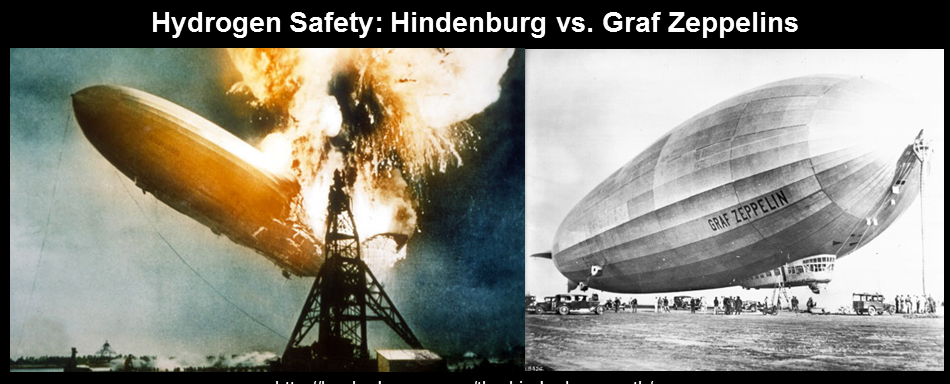Leverage — How the US funds Science and Technology Innovation
jacob.leachman“Gentlemen, we’ve run out of money; now we have to think.” ~Winston Churchill
If you’re reading this, it’s because of science and technology.
You know someone who is not reading this, but should, and is looking around themselves at a room enabled by science and technology, thinking they’ve never benefited from science or technology. It’s time to have a conversation with them.
It’s no longer possible to get away from science and technology. We simply no longer have the knowledge, stamina, or natural resources to go it alone as cavemen — you’d likely be dead in a month.
So really, if science is so important, … » More …


